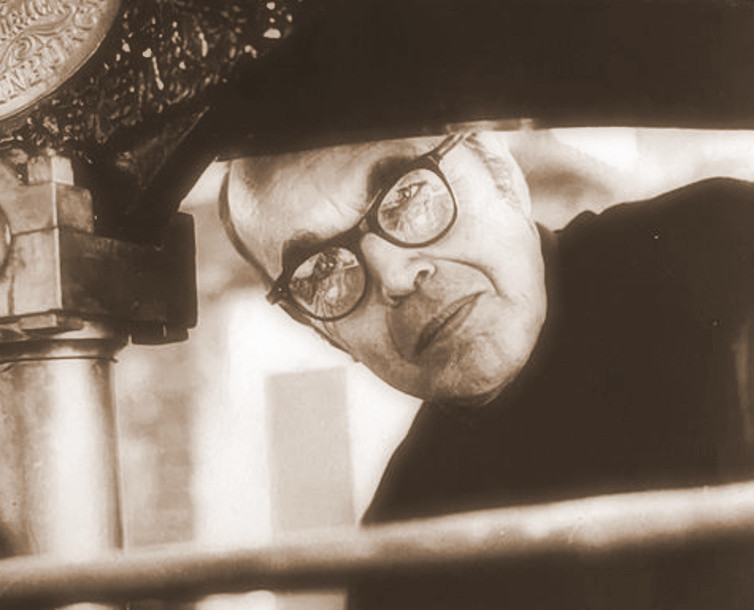This is an interview with Michael Rothenstein. I think things like this are important to put online because there is too much artistic speculation today in replacement for research and facts.

Michael Rothenstein’s prints of cockerels make an immediate impression on you the moment you enter the 1981 Royal Academy Summer Exhibition – beckoning the eye, their vivid contours eloquent of the printmaker’s art.
A graphic artist and printmaker, Rothenstein worked for many years in Great Bardfield, where in 1954, he founded the famous graphic workshop. Later he moved to his present studio a large barn at Stisted, near Braintree. Here, away from that hub of activity (the workshop at Great Bardfield attracted thousands of visitors every year) he feels he can work more privately. “Each technique has its own magic, and different artists come upon a technique which for them is magic at different times in their lives”, says Rothenstein, who did not himself discover printmaking until he was over forty. Once he had embarked on the process it took him over completely. “It was like a rebirth”, he says. Because printmaking had relatively passed him by when he was at art college, Rothenstein was able to convey the excitement of his own discovery in the books he began to write on printmaking. in the 1960s.
His graphics were immediately widely reproduced. Today from Stisted, working with Shelley Rose (a talented young printer who is his part-time assistant) his work is shown all over the world, rare for a graphic artist. Already this year there’s been a large retrospective exhibition in Scandinavia as well as exhibitions in West Germany, at the Tate and the
V&A and his works on paper will be shown all summer in the prestigious Ljubljana Biennale.
Over the years Rothenstein has developed a finesse and precision hitherto unattained for such a revolutionary process. For many of his relief prints he uses huge tree-trunks which he obtains from Sible Hedingham. He also uses quite cheap crate wood waste from a factory in Braintree, as well as corroded iron and lino.
A lithe-bodied, charming man, his sustained vigour, evident during twelve gruelling weeks on the Royal Academy Senior Hanging Committee, left younger colleagues marvelling. “I put it down to a reformed diet”, he says. For the recipe-book by Royal Academicians, which the Royal Academy is to publish later this year, Rothenstein own contribution is an invigorating breakfast which includes muesli, homemade yogurt, lecithin, wheat-germ and blackcurrant juice, ideas inspired by the American “nutrition against disease” movement. His cover-illustration of this book, the cockerel, points again to how this virile theme runs constantly through his work.
Rothenstein exhibition “Works on Paper” at the Minories, Colchester, took place in May. That same month his barn was the centre for an art exhibition by children from seven Essex schools, part of the Braintree Arts Festival – for Rothenstein is also: president of the Braintree Arts Association.
Next year he plans to exhibit in the gallery of Gainsborough’s House in Sudbury. Here a print workshop has been set up in the garden for artists who work in print, but have no presses of their own. There is a permanent portfolio of their work on show in the gallery itself.
Rothenstein feels strongly that there should be a centre in North Essex where the many distinguished graphic artists who work there could have their work permanently available to the public. “There is nothing like this at present in the area and they deserve it!” he says.